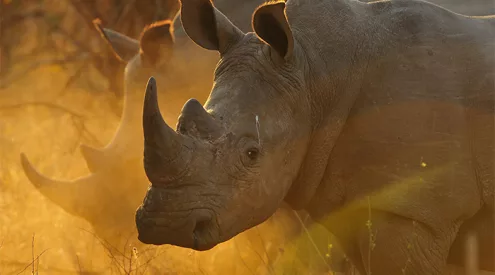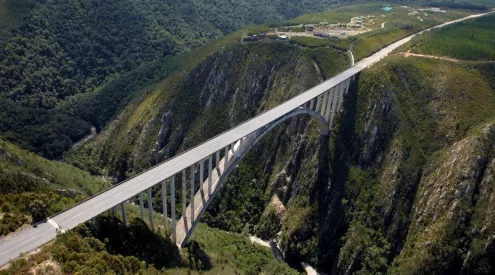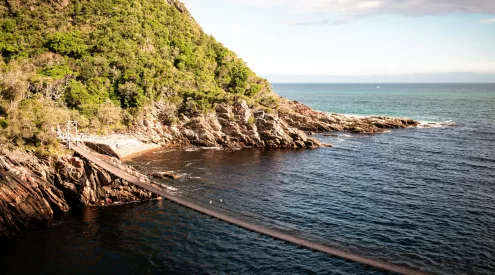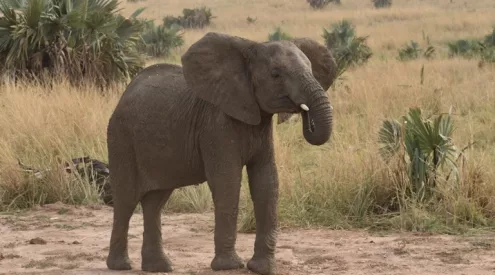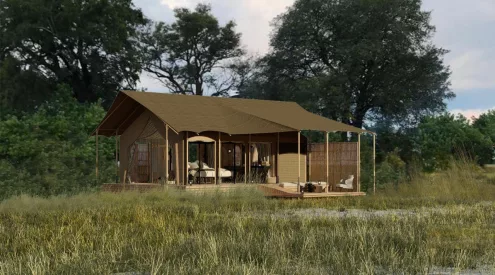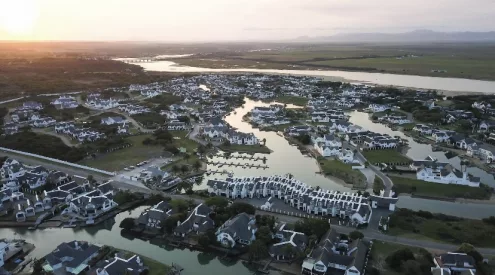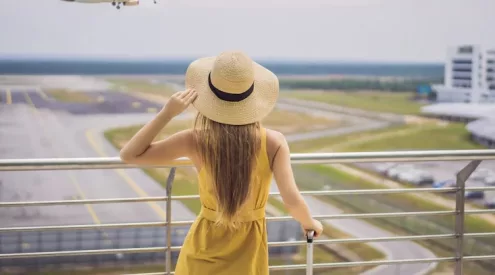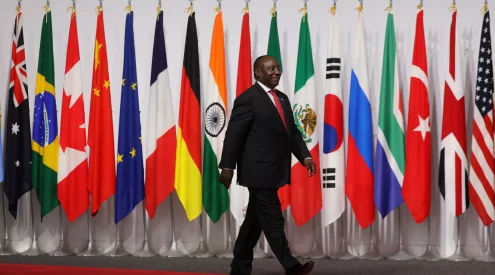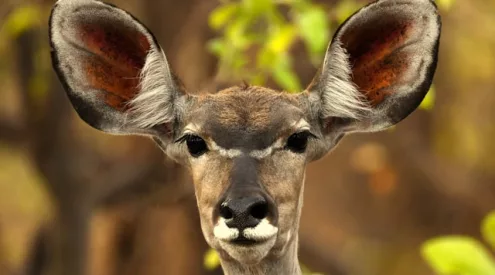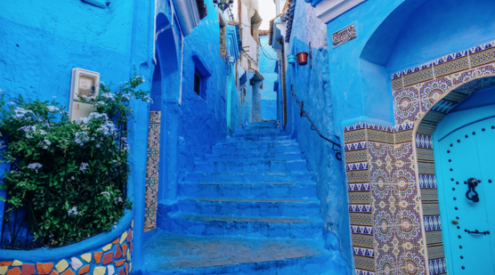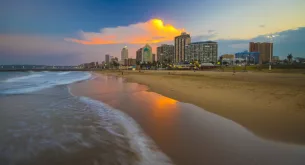Embarking on a journey to encounter the majestic mountain gorillas in Rwanda and Uganda is an extraordinary and unforgettable experience that leaves visitors spellbound. The magical and moving encounters with these gentle giants are revered by those fortunate enough to have ventured into the emerald rainforests in search of our closest relatives.
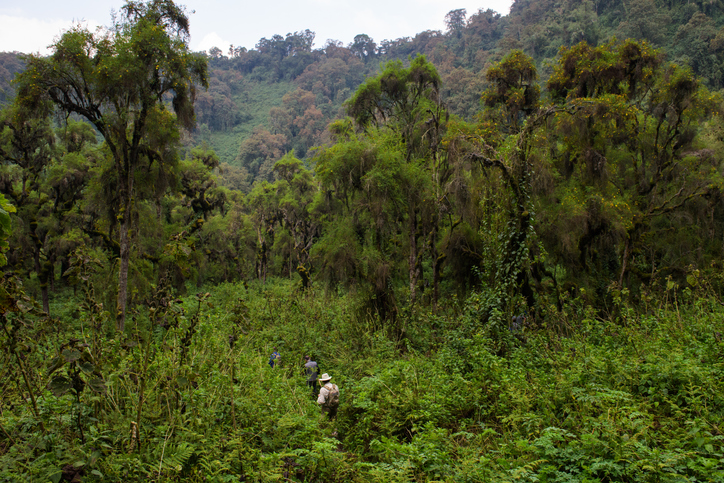
With only about 1 000 mountain gorillas left in the world, the species is critically endangered. They can only be observed in their natural habitat, as they are not found in zoos. Trekking through select East African national parks, such as Volcanoes National Park in Rwanda, Virunga National Park in the Democratic Republic of Congo, and Bwindi Impenetrable National Park and Mgahinga Gorilla National Park in Uganda, offers the exclusive opportunity to witness these remarkable creatures. To ensure the safety and well-being of both visitors and gorillas, it is essential to undertake the trek with a certified guide. Here’s a comprehensive guide on planning your gorilla trekking trip, covering costs, permits, tour providers, and more.
ALSO READ: Desert countries to visit: 5 things to do in Morocco
Costs and Permits
The cost of a gorilla trek can vary significantly depending on several factors. On the lower end, expect to spend around R19 360 per person, while high-end treks can reach up to R29 0400. The price includes permits, guides, lodging, and additional add-ons. The permit fees differ between countries, with Uganda charging R13 552 per person and Rwanda charging R29 040 per person. These permit fees contribute to the conservation efforts of the countries, with 15% going to the government, 10% to local communities, and 75% to gorilla conservation.
Most tour operators include the permit price in the overall tour package, but it’s essential to double-check with your chosen company. Additionally, your tour should include lodging and meals. However, it’s customary to provide a tip for your guide and porter. For guides, a recommended tip is R 484. per traveller, while porters, who assist in carrying backpacks and navigating tricky parts of the forest, should receive a minimum of R 290. Hiring a porter, even if you are physically fit, not only eases your burden but also supports the local community, some of whom are former poachers turned conservationists.
Best Time to Visit
While there is no bad time to encounter the gorillas, certain months offer more favourable conditions. The dry seasons from December to February and June to August are generally considered ideal for trekking. During these periods, trails are less muddy and slippery, ensuring a more enjoyable experience. However, the low season offers greater availability of permits.
For those planning to visit during the peak season (June to August), it’s advisable to book well in advance due to the limited number of daily permits. Each habituated gorilla family, accustomed to human presence, has a maximum of eight permits per day in Uganda (104 daily permits in total) and 80 daily permits in Rwanda.
Duration of Gorilla Treks
Each gorilla trek is unique, and the time it takes to find a gorilla family can range from 30 minutes to 8 hours in the rainforest. Once the gorillas are located, visitors are granted one precious hour to observe and interact with them.
Proximity
Volcanoes National Park in Rwanda is conveniently located just a two-hour drive from Kigali International Airport. This proximity makes it an ideal choice for travellers with limited time. In contrast, reaching Bwindi Impenetrable National Park or Mgahinga Gorilla National.
Picture: Getty Images
Follow us on social media for more travel news, inspiration, and guides. You can also tag us to be featured.
TikTok | Instagram | Facebook | Twitter
ALSO READ: Walking on the moon: Climbing the Rwenzoris

